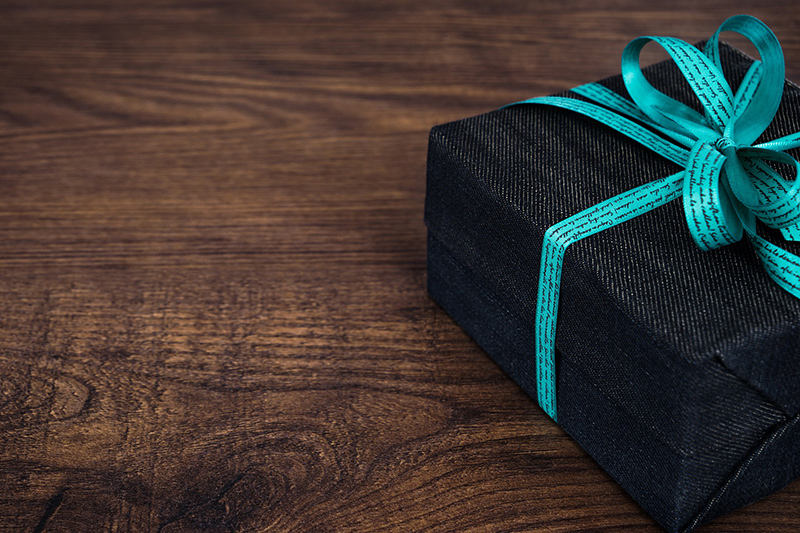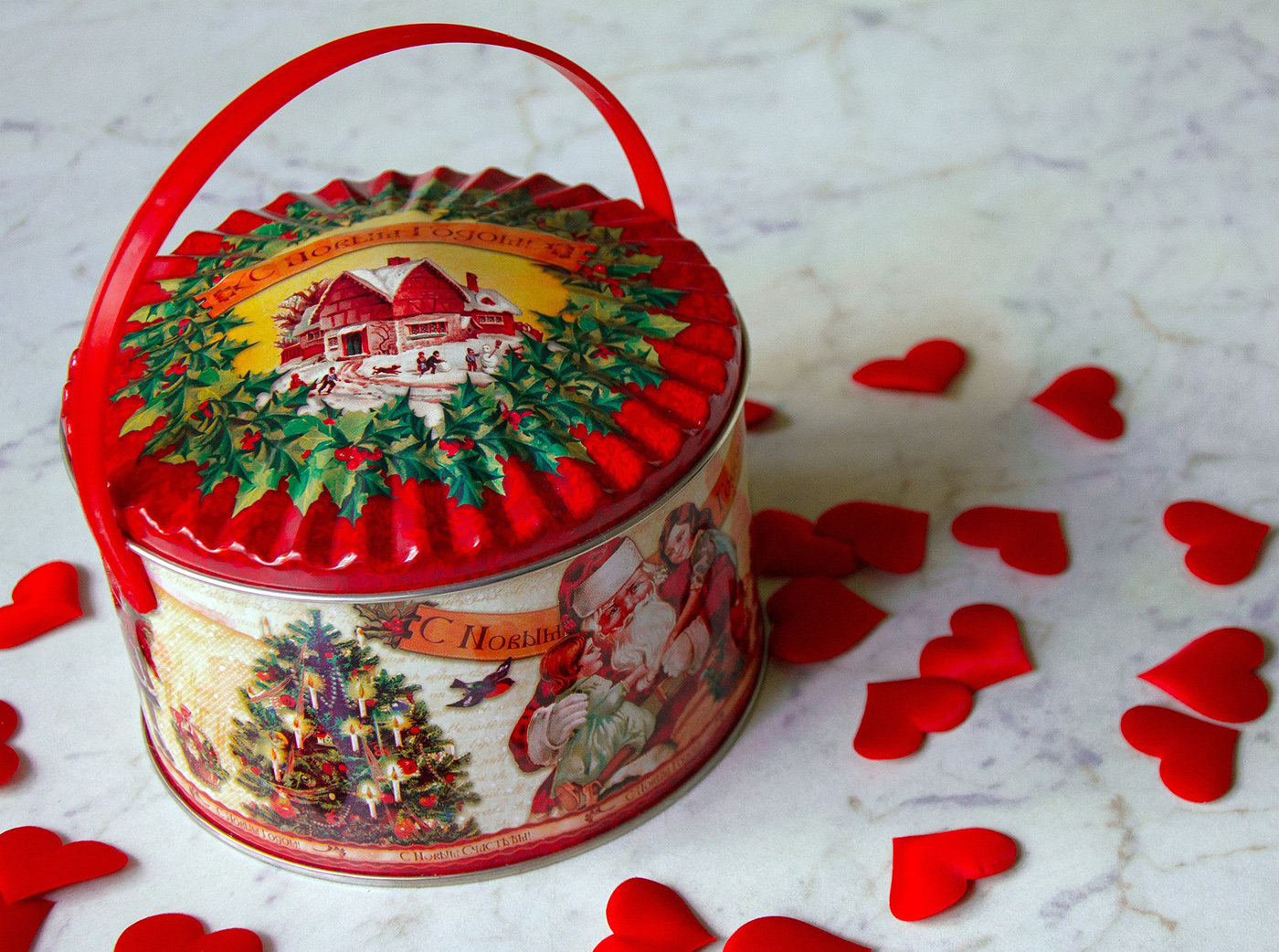
In shops, we often see a wide range of exquisitely packaged goods. Especially in different packaging situations, the iron box packaging goods often become the first goods that consumers go to know. This is because of the practicality of the iron box packaging and the exquisite packaging. Once the item inside has been used, the box can also be used as a storage box, so this is another reason why people want to know about iron boxed goods.
Although most people are aware of the practicality and environmental friendliness of iron boxes, most people do not have a better understanding of the specific materials used to make them. In fact, the products we usually see packaged in tin boxes are usually made of tinplate. There are two types of tin cans: tin-plated and frosted. Tin-plated iron is also known as white iron or plain iron and it is cheaper than frosted iron. It has no gritty surface and is printed with a white layer before being printed with a variety of beautiful designs. It can also be made into various gold, silver and translucent iron printing effects, which reflect light in bright light, giving a shiny appearance and a high-class atmosphere at an affordable price. As a result, tin can packaging made from tin-plated iron printing is very popular with our customers.
Another type of tinplate material is frosted iron, also known as silver-bright iron. Its surface has a sandy texture, so it is often called silver iron. It is one of the more expensive tinplate materials and is generally used to make unprinted tin cans. If printed tin cans are required, they are usually made from frosted iron, which has a sandy surface, as the effect of printing is better with transparent iron. Frosted iron is generally not as good as tinned iron in terms of stretch and hardness, and some sizes of tinplate are not suitable for products that are more stretched.
As the saying goes, "to each his own", some people like tin-plated tin because it has a nice print, while others like frosted tin because they like the texture of the iron itself. Tinplate cans actually meet the aesthetics and pursuits of all these people on a regular basis.

Often, appearance is the first element that draws attention to your product. In order to make your products for sale stand out on similar shelves and catch the eye of consumers, you need to enhance the face of your tinplate packaging. So, where can you start to enhance its value?
Firstly, start with the external pattern design. Through the way the pattern is organised, the form of expression of the theme and the style of the product display, you can enhance the face of the tinplate packaging to better meet the needs of consumers. This can combine the infectious power of the packaging, the interest of the pattern picture and the image of the product and corporate culture in an organic way.
Secondly, the exquisiteness of the tinplate packaging is also an important and indispensable factor, which includes colour, pattern design and the exquisite production of the packaging. These three aspects are all indispensable.
Finally, the tinplate box is made of environmentally friendly materials. It combines the strength and formability of steel with the corrosion resistance, solderability and aesthetic appearance of tin, making it corrosion resistant, non-toxic, strong and ductile. The tinplate box is coated with a layer of food grade ink on the inside to protect the safety and hygiene of the food. The surface printing ink used is environmentally friendly and can come into direct contact with food and is harmless to the body. The food grade ink can pass the US FDA and SGS tests and can be used with confidence.
Post time: Mar-06-2023


